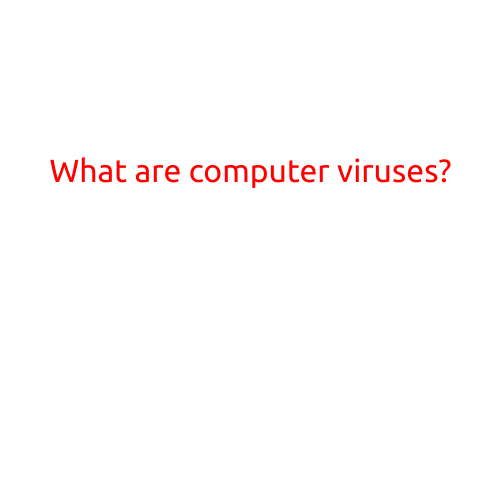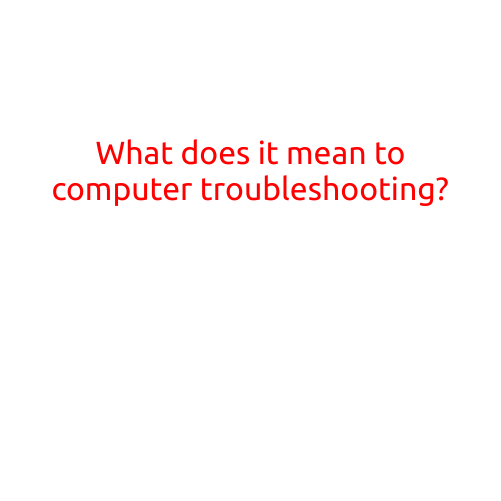
What are Computer Viruses?
In today’s digitally connected world, computer viruses have become a common and often feared threat to personal and professional computer systems. A computer virus is a type of malware that replicates itself by attaching to other programs or files on a computer, causing harm to the system and potentially spreading to other devices.
What are the Characteristics of a Computer Virus?
Computer viruses have several key characteristics that set them apart from other types of malware. These include:
- Self-replication: Computer viruses replicate themselves by attaching to other programs or files on a computer, spreading the infection to other parts of the system.
- Malicious intent: Computer viruses are designed to cause harm to a computer system, data, or applications.
- Extraneous code: Computer viruses typically insert their own code into a computer program or file, which can change the program’s behavior or functionality.
- Infectious: Computer viruses can be spread from one computer to another through various means, such as infected software downloads, email attachments, or infected files transferred between devices.
Types of Computer Viruses
There are several types of computer viruses, each with their own unique characteristics and methods of infection. Some common types of viruses include:
- Boot sector virus: A type of virus that attaches to the boot sector of a hard drive, infecting the computer when it starts up.
- File infector virus: A type of virus that attaches to executable files on a computer, infecting the file when it is run.
- Macro virus: A type of virus that attaches to Microsoft Office files, such as Word documents or Excel spreadsheets, and infects the file when it is opened.
- Polymorphic virus: A type of virus that changes its code each time it replicates, making it difficult to detect and remove.
How Do Computer Viruses Spread?
Computer viruses can spread through various means, including:
- Infected software downloads: Downloading software from an infected website or peer-to-peer file sharing network can lead to infection.
- Email attachments: Opening email attachments from unknown senders or clicking on infected links can spread viruses.
- Infectious files: Transferring infected files between devices, such as through a USB drive or network share.
- Outdated software: Using outdated software or operating systems can increase the risk of infection.
Protection and Removal
To protect against computer viruses, it is essential to take several precautions, including:
- Keep software up to date: Regularly update your operating system, software, and security patches to reduce the risk of infection.
- Use anti-virus software: Install and regularly update anti-virus software to scan for and remove viruses.
- Be cautious with emails and attachments: Avoid opening suspicious email attachments or clicking on links from unknown senders.
- Use strong passwords: Use strong, unique passwords for all devices and accounts to prevent unauthorized access.
If you suspect that your computer is infected with a virus, it is crucial to take immediate action to remove the virus and prevent further damage. This may involve:
- Running a virus scan: Use anti-virus software to scan your computer for viruses and remove any detected infections.
- Disinfecting infected files: Remove any infected files or programs from your computer to prevent further spreading.
- Reinstalling operating systems: In extreme cases, reinstalling your operating system may be necessary to completely remove the virus.
Conclusion
Computer viruses are a significant threat to personal and professional computer systems, and understanding their characteristics, types, and methods of infection is crucial for prevention and removal. By following best practices for protection and removal, you can reduce the risk of infection and keep your computer system safe and secure.





